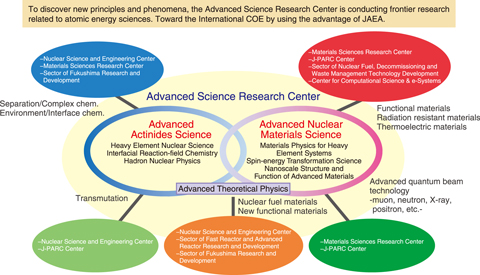
Fig.3-1 The role of advanced nuclear scientific research
The greater part of nuclear-energy-related technology is grounded on basic sciences. Apart from seeking solutions to today’s energy problems, future research must respond to the new stage of nuclear energy developments that are expected in the next few decades.
The Advanced Science Research Center (ASRC) explores the unlimited possibility of nuclear energy from the perspective of basic science. During this process, we aim to establish new research fields and further develop the existing science and technology.
We started our mid-term plan in FY2015, focusing on two main areas: advanced actinides science and advanced nuclear materials science.
The former aims to conceptualize nuclear and heavy-element-based actinide science in a new way, whereas the latter aims to investigate and develop new materials for nuclear energy purposes. In FY2019, a theoretical physics group connecting these areas was established, which aimed to develop and enhance new research ideas across the various fields of sciences of the existing research areas. Through interactions between the two areas and in collaboration with research institutes within and outside of the Japan Atomic Energy Agency new fields of nuclear-energy science are being cultivated (Fig.3-1).
Numerous achievements were made in FY2019, many of which are highlighted in this chapter.
Through the advanced actinides science program, the high-energy prompt fission γ-ray spectrum in the fission of 235U induced by a thermal neutron was measured and dipole vibration was found in fission fragments; this is discussed in Topic 3-1. This measurement will help the further understanding of the fission mechanism since the origin of such high-energy γ-rays reflects the manner in which fission fragments are produced.
In the field of chemical research, a solvent extraction method based on the strong hydrophobicity of fluorine atoms was developed. This method drastically improves the extraction efficiency by preventing aggregation phenomena in a complex, and is discussed in Topic 3-2.
Substantial results were also achieved in the field of advanced nuclear materials science. During analysis of the uranium compound UTe2, a signal of a new type of superconductivity, i.e., spin-triplet superconductivity, was detected from the nuclear magnetic resonance using a single crystal (Topic 3-3).
In ferrimagnetic systems, the temperature of an angular momentum compensation (AMC) between the total angular momentum and spin angular momentum in Ho3Fe5O12 was measured, as detailed in Topic 3-4. This phenomenon is attracting attention as a candidate for high-speed magnetic memories.
The localized electrons in electron-doped SrTiO3 may provide new functionalities because itinerant and localized electrons generally show completely different transport and magnetic properties. Muons (μ+) were used to irradiate a SrTiO3 single crystal and trace a localized electron by the μ+ spin rotation using the μ+SR, method (Topic 3-5).
In nuclear theory, an alpha-cluster structure was investigated in-nuclei through nuclear reaction theory in a proton knockout reaction, representing the first example of a quantitative reproduction of the α-knockout experiment with reaction theory. As discussed in Topic 3-6, this demonstrates that this method can quantitatively investigate cluster states.
The ARSC aims to develop a broad knowledge base of nuclear sciences and demonstrate this basis via basic nuclear research.